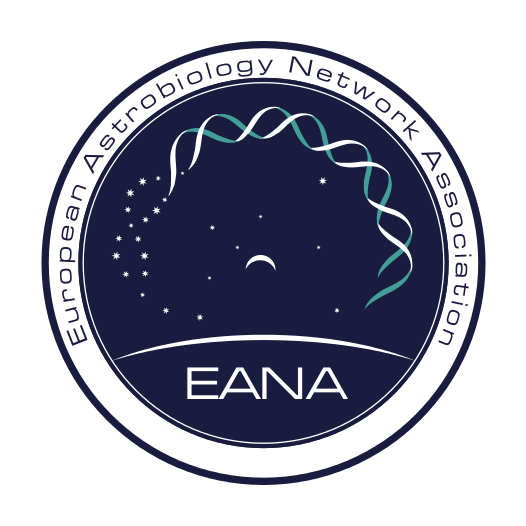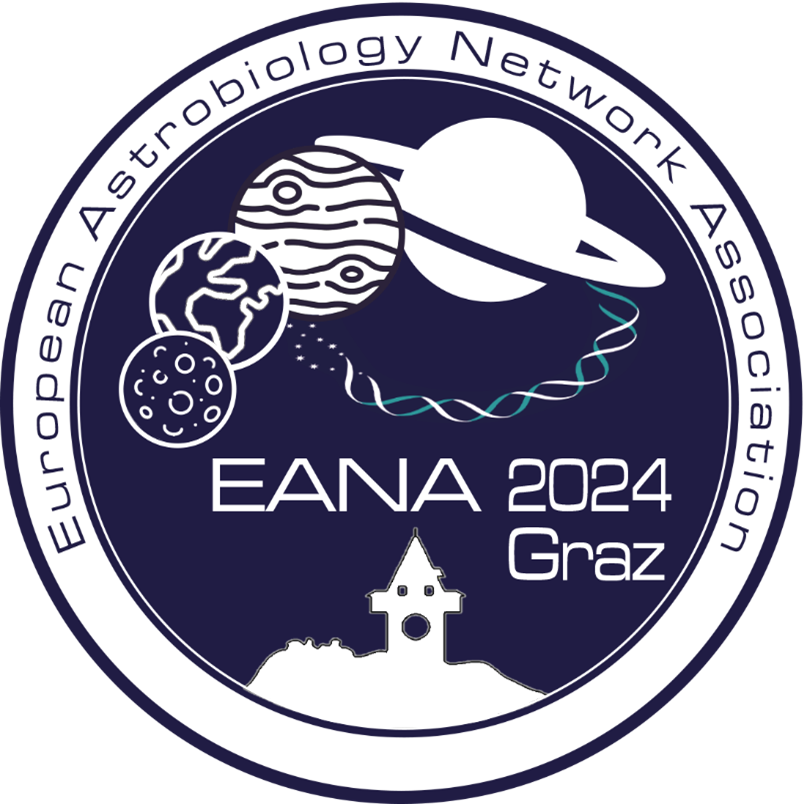 |
Abstract EANA2024-64 |

|
Reviewing the limits of life on the early Earth
The Archean Earth, before the rise of free O2 gas and complex life, is a valuable analogue for other habitable planets that can teach us about environmental constraints on the proliferation of anaerobic microbial ecosystems. An important parameter for microbial productivity is the supply of nutrients and metabolic substrates from geological and atmospheric sources. On the modern Earth, nitrogen and phosphorus are often biolimiting, but it has been proposed that the earliest biosphere prior to the emergence of oxygenic photosynthesis was instead limited by electron donors as an energy source. It is also conceivable that a purely chemotrophic biosphere would be electron acceptor-limited. This talk reviews recent advances in constraining the supplies of bioavailable phosphorus, nitrogen and electrochemical energy during the Archean eon. Paired geochemical, experimental and genomic data may be consistent with an energy-limited biosphere prior to 3 billion years ago. The most potent energy sources would likely have been atmospheric processes such as photolysis and lightning discharge, acting on volcanic emissions of CO2, N2 and SO2. If so, this conclusion further supports the notion that volcanic activity is an important parameter for planetary habitability on terrestrial worlds.
